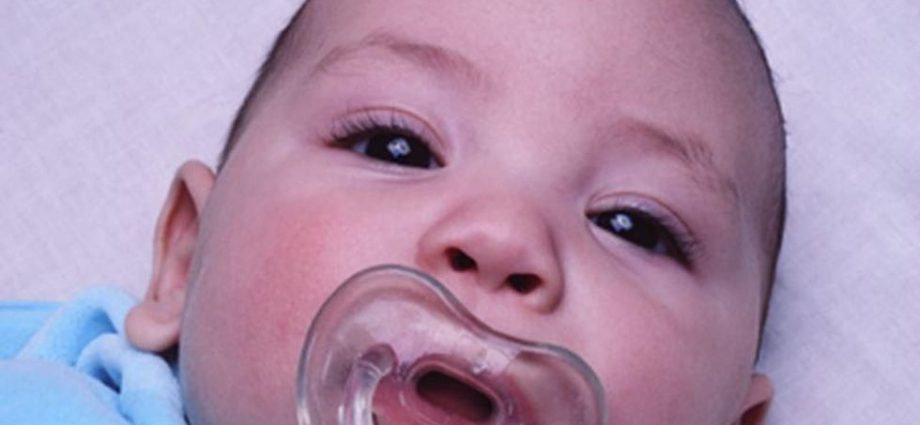FRIDAY, Dec. 3, 2021 (HealthDay News) — A boy or a girl? New research suggests that the air pregnant women breathe or the water they drink could play a role in their baby’s sex.
The finding stems from tracking hundreds of factors — including pollution exposure — surrounding the birth of more than 6 million Americans and Swedes.
“To my knowledge, this is the first study of this scale in the space of sex ratio at birth,” said study leader Andrey Rzhetsky, a professor of medicine and human genetics at the Institute for Genomics and Systems Biology at the University of Chicago.
His team linked exposure to several common pollutants to shifts in the ratio of newborn girls and boys.
Influential air pollutants included iron, lead, mercury, carbon monoxide, aluminum and polychlorinated biphenyls (PCBs). Water pollutants included chromium and arsenic.
Exposure to some was associated with an uptick in male births, others to a higher likelihood for having a girl, the findings indicated.
Rzhetsky and his team pointed out that getting a handle on exactly why the boy-girl balance is what it is has proved elusive.
That’s because while the sex breakdown at conception is essentially equally split between boys and girls, by the time birth occurs, societal sex ratios are often no longer even.
Sometimes they skew more towards girls, sometimes towards boys.
That, Rzhetsky said, suggests that “human embryos are selectively dying, [because] if all embryos survived the ratio of males to females would be exactly one-to-one.”
Might a host of environmental stresses affect embryo survival, with some favoring one sex over the other?
In search of answers, Rzhetsky’s team set out to test more than 100 factors that might affect the sex balance.
First, researchers sifted through insurance claims data on 3 million U.S. births between 2003 and 2011. They also examined data on about 3 million births in Sweden between 1983 and 2013.
The investigators compared that information to data on environmental pollutants, weather, crime, job status, traffic, travel routines, as well as several natural and man-made disasters.
The researchers found no apparent links between babies’ sex and changes in the weather, the seasons, violent crime, unemployment or commuting habits.
Not even a major natural disaster such as Hurricane Katrina in 2005 appeared to exert any influence over babies’ sex in the regions affected.
On the other hand, extreme drought and traffic death rates did appear to be “modestly” associated with shifting sex ratios, as did exposure to the 2007 fatal Virginia Tech shooting, the researchers noted.
Significantly, so did exposure to higher levels of certain toxins in both air and water, the findings suggested.
“We can be nearly certain that some environmental factors drive sex ratio at birth,” Rzhetsky said.
While the findings suggest a link, they don’t prove cause and effect, he added.
Gareth Nye, a lecturer at Chester Medical School, University of Chester in the United Kingdom, reviewed the findings.
“As worrying as this news may be, these are still only associations, not fact,” he said. “And we must remember that there are millions of healthy children born every day, all over the world, in a range of environments.”
At the same time, Nye noted that “anything we eat, drink or breathe has the potential to damage our body.” As such, it is not surprising that pollution has been shown to cause unexpected responses within the human body, he said.
“During early development, a large number of complex processes have to occur at the right time, in the right way, to allow for a successful pregnancy,” Nye said. “So although this particular finding is intriguing, it’s not unbelievable.”
The findings were published online Dec. 2 in PLOS Computational Biology.
More information
There’s more on the health effects of pollution at the Environmental Defense Fund.
SOURCES: Andrey Rzhetsky, PhD, professor, medicine and human genetics, Institute for Genomics and Systems Biology, University of Chicago; Gareth Nye, PhD, lecturer, physiology, Chester Medical School, University of Chester, U.K.; PLOS Computational Biology, Dec. 2, 2021, online
Copyright © 2025 HealthDay. All rights reserved.

